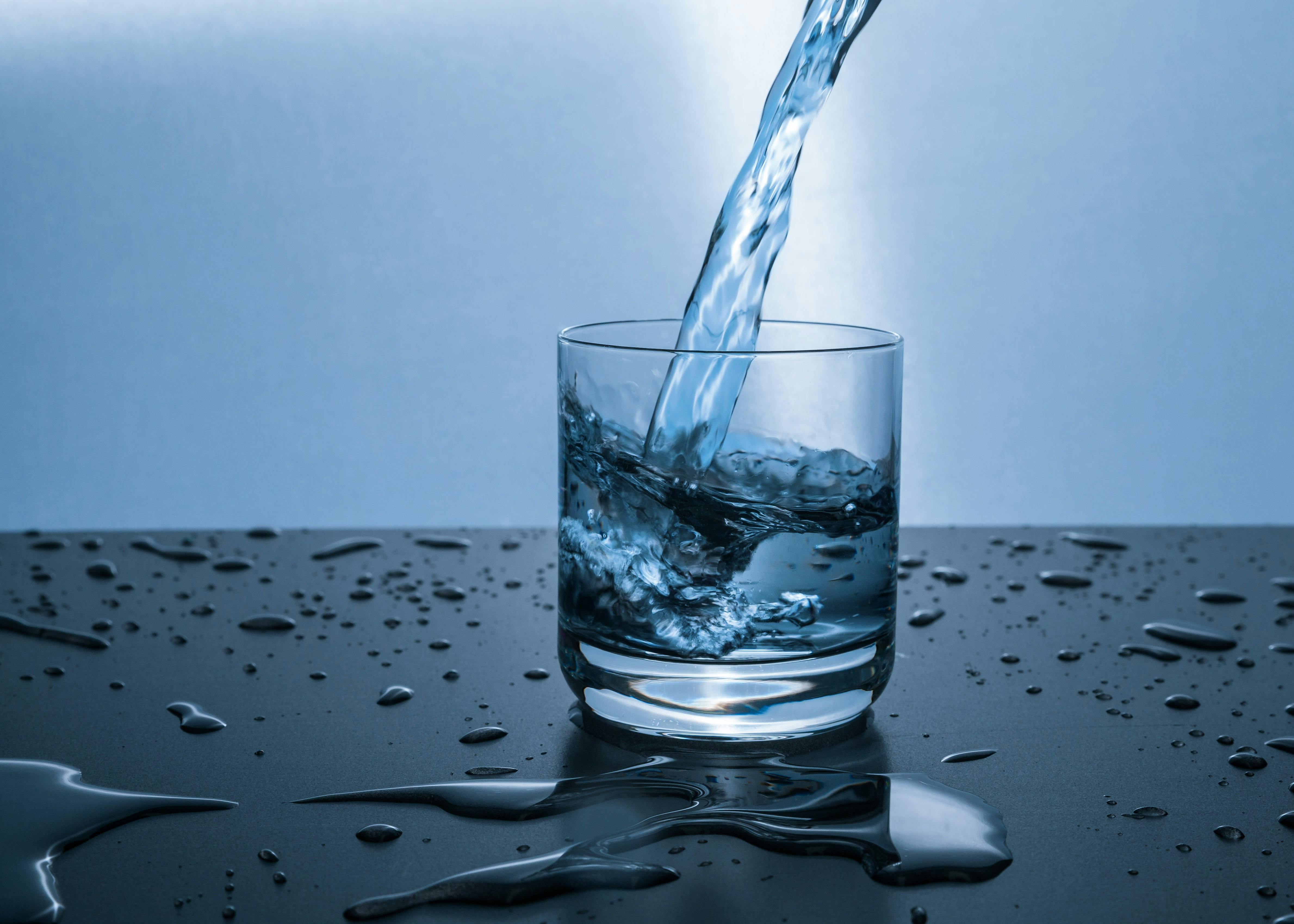Do we drink distilled water? This is a common question asked by many people, and the answer is not always as straightforward as you might think. Distilled water has a few advantages and disadvantages that should be considered before making any decisions about drinking it. In this article, we will discuss the pros and cons of drinking distilled water, so that you can make an informed decision on whether or not it is right for you.Distilled water is water that has been purified through a process of distillation. This process involves boiling the water and then collecting the steam that is produced. The steam is then condensed back into a liquid form and is free from contaminants such as minerals, salts, and other particles. Distilled water is widely used in the medical, industrial and automotive industries due to its purity.
Is Distilled Water Safe to Drink?
Distilled water is considered to be safe to drink. It has been purified through distillation, which is a process that eliminates impurities and contaminants from the water. Distillation involves boiling the water and then condensing the steam into a clean container. The impurities are left behind in the boiling pot, while only pure, sterile water condenses into the receiving container.
Because distilled water is free of minerals and other contaminants, it can be used for a variety of purposes. It is often used in medical settings where cleanliness and sterilization are important, such as for intravenous solutions. Many people also use distilled water for their home appliances such as steam irons and humidifiers.
Although distilled water may be safe to drink, it does not contain any nutrition or beneficial minerals like other types of drinking water do. Additionally, some people report that distilled water tastes flat and lacks flavor. If you choose to drink it, you may want to add a little flavor with fresh fruit or herbs.
Overall, distilled water is generally considered safe to drink and can be used for many different purposes including medical applications and household appliances
Benefits of Drinking Distilled Water
Drinking distilled water can provide many health benefits. Distillation is a process that removes impurities and contaminants from water, resulting in a clean and pure form of H2O. The benefits of drinking distilled water include improved hydration, reduced risk of exposure to toxic elements and improved taste.
One of the primary benefits of drinking distilled water is improved hydration. Distilled water does not contain any minerals or other contaminants, so it is able to absorb into the body more quickly than other types of water. This means that your body can stay hydrated for longer with distilled water compared to tap or spring water.
Another benefit of drinking distilled water is that you can reduce your risk of exposure to toxic elements found in some tap, well and spring waters. During the distillation process, many harmful contaminants such as bacteria, viruses, heavy metals and chemicals are removed from the water. This makes it much safer to drink than untreated or partially treated waters.
Finally, drinking distilled water also improves the taste of beverages such as coffee and tea since there are no impurities present which could
The Downsides to Drinking Distilled Water
Distilled water is water that has been boiled and then condensed back into a liquid form. While it may seem like a safe and clean option for drinking water, there are some downsides to drinking distilled water. The biggest downside is that it lacks essential minerals and electrolytes that are found in natural water sources. Minerals like calcium, magnesium, and potassium are important for many bodily functions and can be depleted when drinking only distilled water. Additionally, distilled water can also leach minerals from the body, which can lead to mineral deficiencies.
Another downside to drinking distilled water is that it can be acidic due to its lack of buffering capacity. Natural waters contain carbonates and bicarbonates which help to buffer the pH of the water, but since these are removed in the distillation process, distilled water has a lower pH than regular tap or spring water. This acidic nature of distilled water can lead to digestive issues such as acid reflux or heartburn if consumed in large amounts over an extended period of time.
Finally, while most contaminants are removed during the distillation process, there still may
Reverse Osmosis Water
Reverse osmosis water is a type of water that has been filtered through a reverse osmosis filtration system. This type of filtration system uses pressure to force water through a semipermeable membrane that then traps and removes contaminants from the water. Reverse osmosis is used in many residential and commercial applications, including drinking water treatment, wastewater treatment, and food processing. Reverse osmosis is able to remove a wide range of contaminants, including chemical pollutants, heavy metals, and microbiological contaminants such as bacteria and viruses. The process also reduces the concentration of dissolved salts in the water, making it much more palatable for drinking. Reverse osmosis can produce high-purity drinking water at a fraction of the cost compared to other methods.

Is Reverse Osmosis Water Safe to Drink?
Reverse osmosis (RO) water is widely regarded as safe to drink and is commonly found in many homes. It is produced through a process of filtration that removes impurities and contaminants from water. The end result is an extremely pure, clean, and safe drinking water product. RO water has been used for years in scientific experiments as it is free from most contaminants and free from bacteria, viruses, cysts, and other microorganisms. RO water has also been used in medical treatments and dialysis.
RO water has the potential to be more expensive than tap water because of the additional filtration processes that are required for it to be made safe for drinking. However, it can provide an excellent alternative for people who are sensitive or allergic to certain chemicals or contaminants present in tap water. Additionally, many people find RO water tastes better than tap water due to its lack of chlorine or other chemicals found in some municipal supplies.
Overall, reverse osmosis water is generally considered safe to drink and can be used as an alternative source of drinking water if needed. It is important to note that
Reverse Osmosis Water
Reverse osmosis (RO) is a water purification process that uses a semipermeable membrane to remove ions, molecules and larger particles from drinking water. Reverse osmosis can remove many types of dissolved and suspended species from water, including bacteria, and is used in both industrial processes and the production of potable water. It is also used in food processing, wastewater treatment, heavy metals removal, desalination and more.
Benefits of Drinking Reverse Osmosis Water
One of the main benefits of drinking reverse osmosis water is that it’s free from contaminants like pesticides, herbicides, chlorine, chloramines, lead, mercury and other heavy metals. RO water can also help reduce the risk of gastrointestinal disorders caused by contaminated drinking water. Additionally, because RO systems filter out minerals like calcium and magnesium that give some waters a bitter taste or odor, the resulting water tastes better than regular tap water. This makes it more refreshing to drink and helps encourage people to drink more throughout the day. Finally, RO systems are more energy-efficient than
Downsides to Drinking Reverse Osmosis Water
Reverse osmosis water is becoming increasingly popular as a source of drinking water, due to its ability to filter out contaminants. However, there are a few downsides to drinking reverse osmosis water that should be considered.
One of the primary drawbacks of reverse osmosis water is that it can be quite acidic. This is because the filtering process removes beneficial minerals which help balance out the pH of the water. As a result, reverse osmosis water may have a more acidic pH than other types of drinking water.
Another downside is that reverse osmosis systems require a significant amount of energy in order to filter the water, making them less sustainable than other methods of purification. Additionally, these systems can be expensive and require regular maintenance.
Finally, reverse osmosis systems are not able to filter out all contaminants and may even miss some hazardous ones, such as pharmaceuticals and bacteria. Therefore, it is important to regularly test the quality of your drinking water if you choose to use a reverse osmosis system for purification.

Conclusion
Distilled water has several merits, including its purity, but it is not suitable for drinking as a regular beverage. Its lack of beneficial minerals and its flat taste can be unappealing. On the other hand, it can be beneficial for specific uses such as medical treatments or automotive cooling systems. It is always wise to consult a medical professional before drinking distilled water if you have any health concerns.
Overall, distilled water is an interesting topic. While the lack of minerals and its flat taste may not make it suitable as a regular beverage, it can be beneficial in certain situations. Understanding the benefits and drawbacks of distilled water can help you make an informed decision when choosing what type of water to drink.

